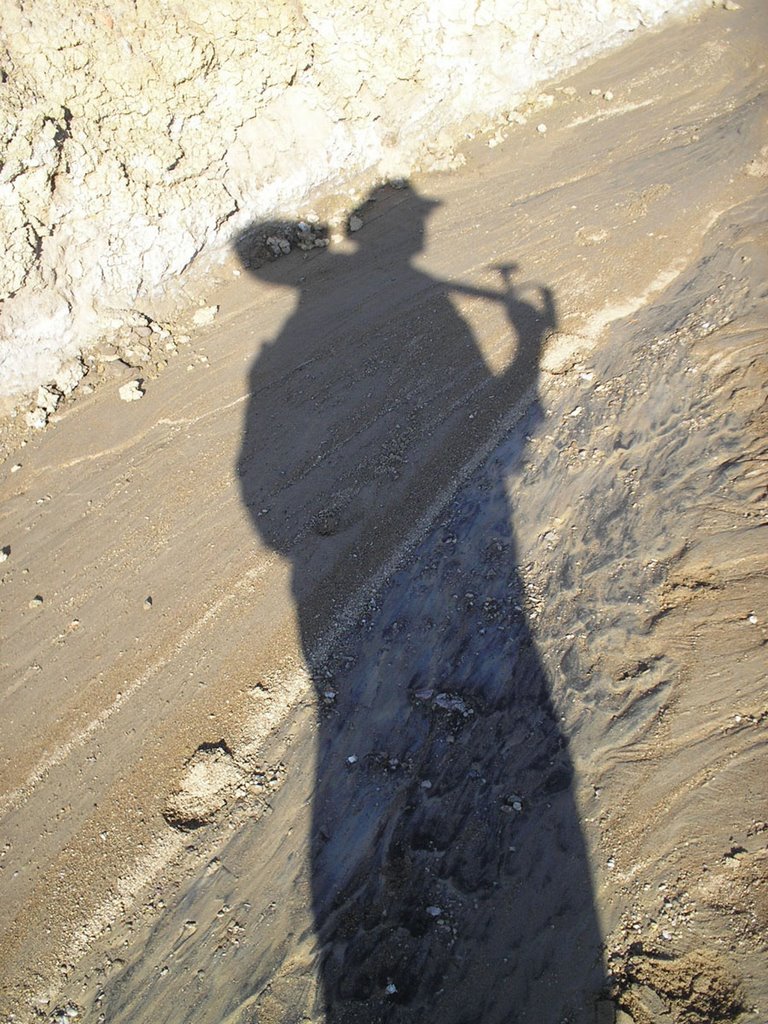Craters all the way down

Believe it or not, there are a few features on the moon that are not direct products or epiphenomena of asteroid and comet impacts. There are some small, fairly obscure volcanoes, some lava-carved valleys and collapsed lava tubes, and a few scarps produced through faulting. But these are all dwarfed, physically, in number, and in importance, by craters and impact basins. To a first approximation, everything you see on the moon is a crater, part of a crater, a crater flooded with lava (the maria or lunar seas), part of the rim of a crater since buried under lava (the lone mountains from the previous post), ejecta blown out by a crater (the bright rays extending from "young" craters (i.e., those less than a billion years old), valleys gouged by impact ejecta (the valleys from two posts ago), or in some other way a consequence of an impact. This is especially obvious in the southern highlands, which were never flooded by mare lavas and are thus just piles of superimposed craters, like the oft-rebuilt Troy of Schliemann.
The biggest crater visible above is Clavius. It's 140 miles across, 2 miles deep, and about four billion years old. It is also the site of Clavius Base in 2001. Speaking of, last year was the 40th anniversary of 2001, this July will be the 40th anniversary of the first moon landing, and this December will be the 37th anniversary of humans not going beyond Earth orbit anymore. The most optimistic projections for NASA and the Chinese space agency do not put people back on the moon before the 50th anniversary of the first landing, and it may be much later.
I wonder what future generations will think of our half century of going nowhere. Recall that the original point of the space station--the only reason anyone wanted one to begin with--was to be a launchpad for the moon and Mars.
Mega sigh.
Taken by afocal projection with an Orion XT6 Dobsonian telescope and Nikon Coolpix 4500 digital camera, through an Orion Sirius 25mm Plossl eyepiece and Orion Shorty 2x Barlow lens.
Labels: Amateur Astronomy, I took this


3 Comments:
I've tried a few times to take some pictures of the moon through my telescope, but they've come out pretty blurry :( I think I need a camera mount.
These are beautiful!
I've tried a few times to take some pictures of the moon through my telescope, but they've come out pretty blurry :( I think I need a camera mount.
If the problem is shaky hands, you can also get around it with a monopod. I got a super-cheap monopod at Wally World for under $20, and it works just fine.
If you are thinking about a camera mount, Orion is having their annual after-Christmas sale on accessories, and everything's 20% off.
These are beautiful!
Thanks! This is the only keeper out of about 50 similar shots, which is par for the course for me.
Excellent shot.
Speaking of preconception-challenging, you are 100 percent right to point out the problems with the Bombarded Wasteland view of the Moon. Earth's Moon is quite dynamic, though I've seen few images from Earth demonstrating the tenuous, dusty cloud trailing in it's orbital wake. The sweeping Terminator Dust migration is a great study.
Along with that, our group is presently studying Swirl phenomena, the most well-known being Reiner Gamma, of course. One avenue we are discussing is that feature's association with the Doma Marius, to the NE.
Great Blog.
JCR - http://lunarnetworks.blogspot.com
Post a Comment
<< Home